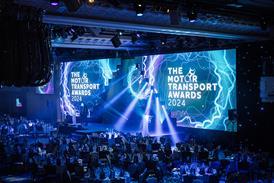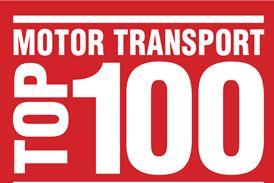CCC optimistic on cutting carbon emissions
Can HGVs ever be weaned off their addiction to diesel? Alternatives such as recycled chip fat, natural gas, electric pantographs or even shire horses (see Commercial Motor 26 November for a trip down memory lane) still seem a long way from the mainstream.
This article is for registered users only
Please login or create a FREE account to read the full article
Want to read more?
Register now for free to access the full article.
To access our great content on the Motor Transport website and to get a free copy of our weekly Executive Brief newsletter.
Once registered, you’ll get access to:
- In-depth breaking news every working day of the year
- All the best careers advice for you and your business
- Profiles of every winner at the Motor Transport Awards
- The richest set of road transport industry data in the UK
- You may also be eligible for a free print or digital copy of Motor Transport











